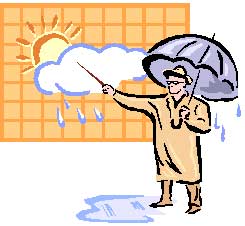Introducing Nerd Vittles Phone Genie for Asterisk
Nerd Vittles today introduces an all-new web application that gives you almost complete control of the Asterisk Manager API and Asterisk CLI. Version 1 lets you add, update, query, and delete any information stored in Asterisk’s internal database. So you can transfer calls, trace calls, configure call waiting and Do Not Disturb, and much more…



